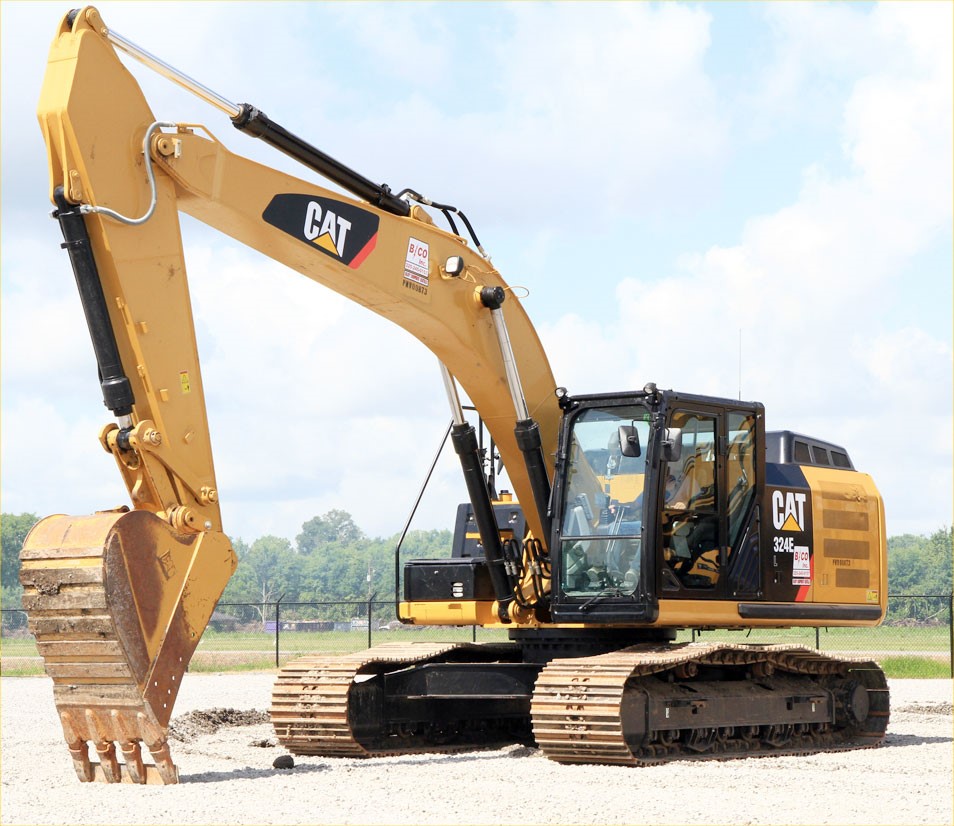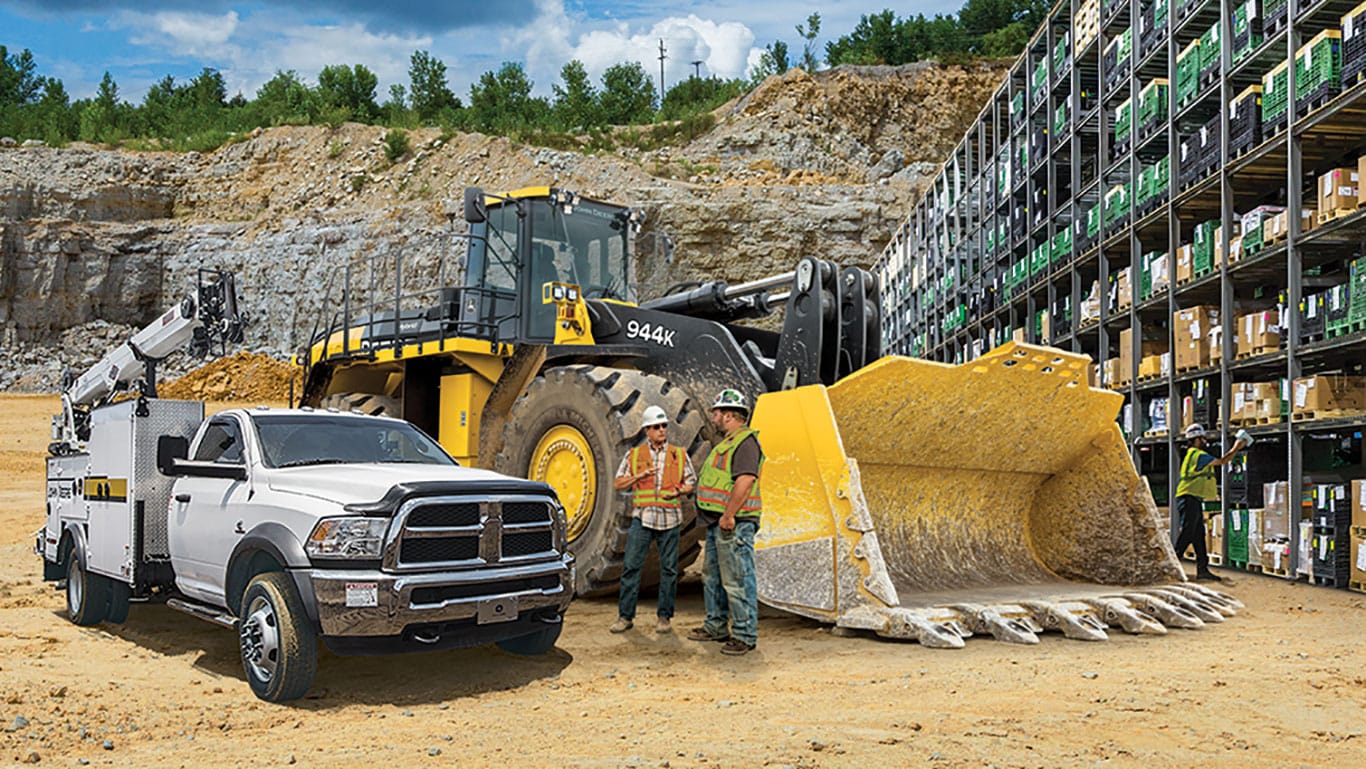Comprehending the Cost-Effectiveness of Renting Equipment for Short-Term Projects
In the realm of project management, the judicious allocation of resources is extremely important to attaining effective results within monetary constraints. When considering short-term projects that call for customized tools, the choice to rent or purchase said equipment can significantly influence the task's cost-effectiveness. Factors such as utilization frequency, upkeep costs, and depreciation prices come right into play when examining the financial implications of each alternative. By delving right into the details of this decision-making procedure, a clearer understanding of the cost-effectiveness of renting out devices for short-term tasks emerges.
## Elements to Consider When Renting Out Equipment
When taking into consideration renting tools for temporary tasks, it is vital to meticulously evaluate several crucial aspects to make certain optimal efficiency and cost-effectiveness. Figuring out the details needs of the project is essential. Recognizing the extent of job and the essential equipment will assist in choosing one of the most ideal devices for the work. Additionally, considering the duration of the job is crucial. Renting equipment for the precise timeframe required can protect against unneeded expenses linked with maintaining the devices much longer than required.
In addition, examining the quality and problem of the devices is essential to ensure smooth operations during the project. Leasing well-maintained tools from reliable suppliers can lessen the risk of hold-ups and break downs. Price is one more substantial element to take into consideration. Comparing rental prices from different carriers and determining the complete cost of acquiring versus renting can assist in making an affordable choice. Evaluating the schedule of assistance solutions such as upkeep and technical aid can add to the overall efficiency of the task. By very carefully taking into consideration these aspects, one can make enlightened choices when renting tools for short-term tasks.
Benefits of Leasing Vs. Purchasing
Renting out equipment for temporary tasks provides numerous advantages over buying, specifically in terms of versatility and cost-effectiveness. Renting allows firms to access a broad array of specialized tools for short-term needs without the lasting commitment and expenses linked with purchasing.
Cost-effectiveness is another vital advantage of renting out equipment. Rather than birthing the full price of purchasing expensive devices that might only be utilized periodically, leasing provides a much more inexpensive alternative. Renting out eliminates in advance expenses, devaluation, maintenance expenses, and storage prices, leading to substantial cost savings for temporary tasks. Additionally, renting enables firms to budget plan a lot more accurately by knowing the precise expense of equipment rental upfront, without unforeseen expenditures for upgrades or repair work.
Cost Analysis: Leasing Vs. Owning
Comparing the financial implications of renting out equipment versus possessing it provides useful insights into the price effectiveness of each approach for temporary jobs. When taking into consideration the expense analysis of having versus renting equipment, numerous crucial variables come right into play.
To start with, leasing equipment for temporary jobs typically needs less initial resources investment compared to acquiring the devices outright. This can be especially beneficial for organizations with restricted upfront funds or those wanting to allot sources in other places. In addition, renting out eliminates prices related to tools maintenance, repair services, storage, and depreciation, which are normally the obligation of the tools owner.
On the various other hand, having tools might verify to be much more cost-efficient in the future for tasks that require extensive or frequent devices usage. While the preliminary financial investment may be greater, possessing devices gives the benefit of asset ownership and the possibility for resale value once the job is finished.

Tips for Making Best Use Of Cost-Effectiveness
For companies looking for to enhance their funds during short-term projects, executing calculated actions to enhance cost-effectiveness is critical. To optimize cost-effectiveness when renting out tools for temporary tasks, take into consideration the following suggestions:
Plan Ahead: Proper planning is important to prevent hurried choices and final costs. Figure out the tools required, rental period, and any type of added solutions called for well in advance.
Compare Rental Choices: Research study and compare rental prices from various vendors to discover the most economical choice. Think about elements such as equipment look what i found quality, rental terms, and included solutions.
Go With Bundled Providers: Some rental business offer packed services that may consist of devices distribution, maintenance, insurance policy, and setup. Deciding for these packages can commonly result in expense financial savings compared to paying for specific solutions.
Utilize Devices Successfully: Train workers on appropriate tools usage to avoid damage and reduce downtime. Effective application of rented tools can help in reducing total prices.
Negotiate Terms: Don't hesitate to bargain rental terms, specifically for large or long-lasting tasks. Request discount rates, adaptable service durations, or waived fees to make best use of cost-effectiveness.

Case Studies and Examples
In analyzing real-world applications of economical tools services for temporary jobs, significant study and instances supply beneficial understandings right into effective methods used by services. One such study includes a building business that chose to rent specialized machinery for a short-term project rather than buying it outright. By leasing the devices, the business avoided significant upfront costs and ongoing maintenance costs, enabling them to designate sources a lot more effectively. This decision not only saved the business cash however likewise enabled them to complete the job on time and within spending plan.
Another instance is a landscaping business that used tools leasings for seasonal tasks. As opposed to purchasing expensive landscape design machinery that would just be used throughout specific times of the year, business selected to rent out the devices as required. This technique showed to be affordable as it eliminated the requirement for storage area and decreased upkeep prices during the off-season.
These situation researches highlight the practical benefits of leasing tools for short-term jobs, showing just how businesses can accomplish cost-effectiveness and versatility by leveraging tools rental solutions.
Conclusion
Finally, recognizing the cost-effectiveness of renting out equipment for short-term projects includes taking into consideration variables such as the specific requirements of the job, the benefits of renting out versus acquiring, and carrying out a thorough expense analysis - heavy equipment rental. By making the most of cost-effectiveness with effective planning and usage of leased devices, companies can accomplish their job goals while reducing costs. Situation research studies and examples can provide important insights right into effective cost-efficient rental approaches for temporary tasks
When thinking about short-term projects that call for customized tools, the choice to buy or rent out said equipment can dramatically influence the task's cost-effectiveness. Renting equipment for the specific timeframe required can protect against he has a good point unnecessary costs linked with maintaining the devices longer than called for.
First of all, leasing equipment for temporary jobs commonly needs less initial resources investment compared to buying the devices outright. Additionally, renting out removes expenses associated with tools maintenance, repair work, storage space, and devaluation, which are typically the responsibility of the equipment proprietor.
In final thought, comprehending the cost-effectiveness of leasing equipment for temporary projects involves thinking about elements such as the article source details needs of the job, the advantages of getting versus renting out, and performing a detailed cost analysis.